“Even though we purchased upgraded tickets, flying is not what it used to be with cramped seats,” said Ann B., a traveler who flew from the East Coast to Hawaii. Her upgraded seats didn’t help much on the eleven-hour flight.
Another reader, Engineer_Lou, added, “Airlines have removed the TV displays from headrests on long flights to Hawaii. Makes the trip harder for six hours.” And Andy C., who’s been flying to Hawaii since 1972, told us, “I can’t take the discomfort of economy, and I read that economy seats are about to get even worse.”
These aren’t isolated grumbles. Hawaii travelers, including us, are getting louder about the shrinking space, harder seats, and missing amenities that define the new narrow-body era now dominating Hawaii flights. The industry calls it optimization. Passengers call it something else.
The problem is magnified by distance, among other factors. Hawaii flights rank among the longest in the United States, equal to or longer than many transcontinental routes. Now that these journeys are predominantly on narrow-body aircraft, the experience has shifted from a once iconic, relaxing start to a Hawaii vacation into something far less appealing. For many, the flight itself has become something to face and endure rather than anticipate.
The revenue reality behind the squeeze.
The A321neo and MAX 8 and 9 are now the de facto workhorses of Hawaii travel. Alaska’s typical 737 seats about 175 passengers, while Hawaiian’s A321neo holds up to 189. Compare that to Hawaiian’s retiring A330 widebodies, which seat roughly 278 passengers with noticeably wider aisles and roomier lavatories. The difference is stark when you are five to six hours over open ocean.
We’ve recently flown United’s and Southwest’s 737 MAX, and Delta’s and American’s A321neo. We’ve also flown wide-body aircraft, including the Hawaiian A330 and 787 Dreamliner.
When it comes to the narrow-body planes, they’re all configured about the same way: tight, cramped, and uncomfortable. Every single inch of space has been fully accounted for. And it isn’t any better for the flight crew, where flight attendants sit at the rear of the cabin and struggle to even move through the narrow aisle with passengers heading the opposite way to the mini-lavatories.
The horror is uniform across carriers, affecting both passengers and crew. We’ve written before about preferring to book three seats for two passengers near the front of the economy cabin to have breathing room away from the mess. That’s no longer a luxury strategy. For us, at least, it’s become a survival tactic for making these flights bearable.
It’s not just one carrier making flights miserable. United, American, Alaska, Delta, Hawaiian, and Southwest have all adopted a similar approach to maximizing seating density on their narrow-body flights to Hawaii. The configurations are nearly identical because the economics are identical. No one is competing on comfort anymore. The airlines are competing to see who can fit the most seats.
These planes are marvels of economic efficiency on paper, but feel more like test chambers for human tolerance. The smaller bathrooms leave no place to stand. Getting to and from the lavatory means a careful choreography of passing others in an aisle so tight that one person must turn sideways. On a long flight, many travelers stop drinking water to avoid the ordeal of using the restroom. And we’re among them.
What travelers have lost.
Andy C. summed it up after four decades of flying to Oahu. “I now fly United first class because of my age. I can’t take the discomfort of economy.” He remembers when even basic seats came with legroom and personal screens. Now, many Hawaii routes have gone minimalist. Seatback entertainment is gone. Wi-Fi streaming replaces it, but only if the signal cooperates. The aisles feel tighter, the seats feel harder, and there is nowhere to stand without being pressed against someone else.
It isn’t just comfort that’s disappeared. It’s the whole mood. Hawaii flights used to feel like the beginning of the vacation. Now they feel like a test of patience. And because these are some of the longest domestic flights in the country, everything that has been stripped away is felt twice as strongly. What was once the opening chapter of a Hawaii trip has become the part you brace yourself for the most.
What changed with Alaska’s Hawaiian buy-out.
For years, Hawaiian Airlines’ A330s widebody planes set the standard for long-haul island flying. Twin aisles, larger restrooms, and roomier layouts made even coach feel more humane.
With Alaska Airlines’ purchase, that era is evolving. The merged airline will lean on Alaska’s 737 MAX fleet and Hawaiian’s A321neo, the same narrow-body aircraft type that every other carrier already uses to Hawaii. The reasons are simple. These are efficient, profitable, and designed to fit as many seats as possible. What they are not designed for is comfort on five-hour or more flights over the open ocean.
This isn’t a temporary transition. It is the new industry model. Travelers who love the light and space of those widebody cabins will feel the downgrade the moment they step into a single aisle, no matter the airline. Something else has shifted, too.
Hawaii flights used to feel a little different, almost like small-scale international trips. Now they are treated and configured the same as any domestic run. The result is a long flight that feels shorter on space, comfort, and any hint of what once made the journey itself part of an iconic Hawaii experience.
When upgrades don’t fix anything.
Even travelers willing to pay extra aren’t spared. Mignon B. told us about her recent flights to and from Maui. “We booked Premium Economy for the extra legroom for the eight-hour flight. As we were boarding, American Airlines texted saying our seats were changed to coach and that we would not be seated together. On the way home, we booked First Class, but the airline said maybe the gate agent could help us. No luck. The flight was full.” Her story isn’t unique. Airlines oversell higher cabins, bump passengers to lower ones, and issue only minor refunds. The result is a flying experience that consistently costs more but delivers less.
We felt the same squeeze on our recent Hawaii and South Pacific routing, though for slightly different reasons. On Hawaiian, we were denied boarding entirely, which we wrote about, and why what happened next still makes no sense.
On United, we paid a small fortune for Polaris lie-flat business class from Papeete to San Francisco, only to get service so poor that the airline provided an on-the-spot $150 per person credit that didn’t come close to matching the dismal experience.
Then came two American flights that were simply very late, one more than three hours, with no explanation at all, followed by a first for us: the airline tried to give away the extra seat we had purchased so we could actually breathe on the long flight.
Different airlines, different routes to and from Hawaii, same theme every time. Paying more didn’t buy much of anything. It seemed only to make the disappointment sharper.
It’s a new kind of frustration, paying for comfort and not getting it. Oversold premium cabins and seat downgrades show how fragile the premium experience has become. And when the gap between first and economy keeps shrinking to a few inches and a slightly better drink, it’s getting harder to feel like anyone is winning anymore.
The long-haul problem no one fixes.
Flights between the mainland and Hawaii are long. From Los Angeles or Seattle, a five- to six-hour flight in a cramped single-aisle cabin is already uncomfortable. From the East Coast, nine to eleven hours with a connection feels even harsher. These configurations might make sense for short hops, but not for half-day journeys over the Pacific.
The same narrow-body aircraft that run Hawaii routes also fly to Denver, Phoenix, and Dallas, yet Hawaii passengers spend twice the time in the same limited space. The plane doesn’t change. Only the duration of discomfort does.
The same narrow-body experience that now gets you to Hawaii would never be used on routes to Europe or Asia. International long-haul passengers get wider seats, proper meals, and room to move. Hawaii gets domestic treatment at international distances and prices.
The cost of less comfort.
The average Hawaii traveler now pays record fares while experiencing the least comfortable cabins ever offered on these island routes. Reader after reader tells us the same thing: it feels like paying more to get less. We’re hearing it about everything from tighter seats to smaller bathrooms to aisles so narrow that even passing another person feels like a negotiation.
For some, it’s already a deal-breaker. Several longtime visitors have said they’re looking at other destinations entirely because the overall journey feels easier elsewhere.
Hawaii flights used to be part of the magic. Now, they’re something to endure. We’re at the point where we book extra seats ourselves just to have enough space to breathe.
Are you choosing other destinations because the journey to Hawaii has become something to endure rather than something to look forward to?
Get Breaking Hawaii Travel News
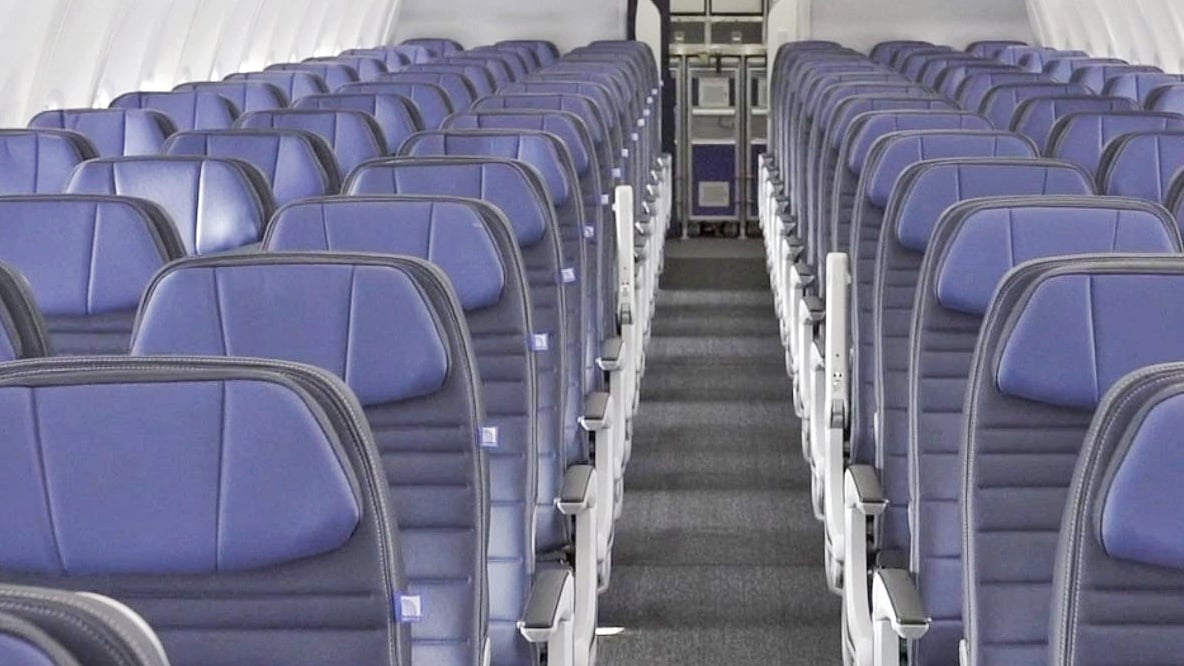

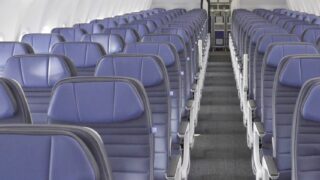
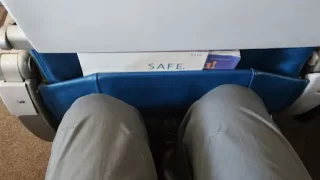
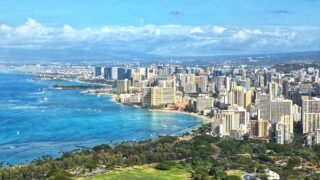
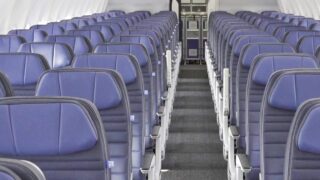
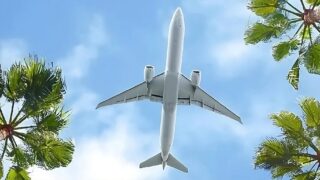
Sorry, I misspoke. Iceland Air flies A321XLR and 737s, not A321NEO. Aer Lingus flies A321XLR and A321XLR.
“The same narrow-body experience that now gets you to Hawaii would never be used on routes to Europe or Asia.”
This statement simply isnt true. The A321NEO is used by Aer Lingus and Iceland Air on routes to the US. (I know this for a fact because I’ve flown them) AA and others announced months ago that they will begin using the A321XLR to fly between the US and new destinations in Europe that aren’t economically feasible to fly wide bodies to.
I’m fortunate enough to be able to afford United First Class from Chicago and I recognize that it is vastly superior to economy but frankly those small cubicles always feel like coffins to me. They’re very tight. I know, I know…. I’m lucky to get lie-flat etc but they’re Not luxurious comfort, or service (or food) by Any means, themselves.